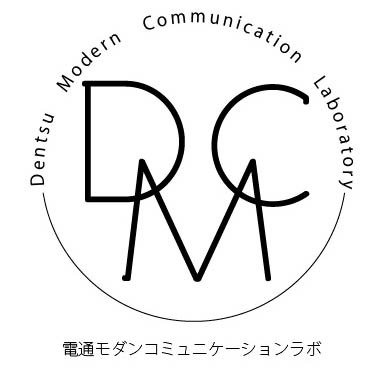Recently, I've been getting a series of questions from clients: "We're interested in content marketing and want to try it at our company. Could we consult with you on how to approach it?"
Looking into it, the term "content marketing" seems to have already become a buzzword online. Interest in this new "method" (along with various misunderstandings and misinterpretations) appears to be growing among marketers, web managers, brand managers, and PR professionals.
Some advertising agencies might immediately think, "Marketing through content?? Isn't that exactly what we've been doing all along?"
But (if you read this book), the answer is NO. You'll understand it's different from advertising.
So, what exactly is the concept of content marketing? And what benefits does it bring to us marketers?
Let's quote a bit from the first chapter of this book, which defines the term.
If we were to list the differences between (content marketing) and typical marketing or advertising methods, it's that using content is neither selling nor advertising.
It's not push marketing that sprays messages at target consumer groups. Rather, it's pull marketing. It's about creating a situation where, when consumers are searching for what they need, trustworthy, clear, useful, attention-grabbing, appealing, and interesting information is right there. In other words, it's a strategy of attraction. (Underlining added by author)
While this book introduces quite detailed techniques, specific solutions, and tools as guidelines for successful content marketing, as the above quote suggests, the key to content marketing seems to lie in how well you can attract customers.
Whereas advertising focuses on how to get customers to see it (earning attention), content marketing focuses on how to get customers to come see it voluntarily (inducing intent). In essence, it's about how marketers can naturally provide useful information without coming across as pushy or annoying. This means that for content marketing to succeed, the marketer's attitude—or, to put it dramatically, their "philosophy"—towards customers is crucial.
If you adopt only superficial techniques without this underlying philosophy, you risk contributing to stealth marketing or being perceived as intrusive by users, which could actually damage brand trust.
Incidentally, as you grasp these fundamental concepts of content marketing, the (somewhat enigmatic) title of this book, "Think Like an Editor," begins to make sense.
Traditional marketers (as evidenced by people still casually using terms like "harvesting tactics" in meetings) have approached marketing plans with a mindset of hunting customers. Future marketers, however, will need a perspective focused on using content to be discovered by customers, build relationships, and nurture them long-term.
Rather than segmenting the market into small pieces and thinking about which vehicle to use to reach them with a message, they will anticipate the challenges potential customers are likely facing. They will then create content that addresses those challenges or entertains them, while managing their company's resources. To achieve this, you need the perspective of an editor who plans compelling articles for newspapers or magazines.
If content marketing continues to gain traction, those who can create content—the "editors"—may find their field of activity expanding further. Furthermore, those who have traditionally handled advertising may also be able to forge new relationships with customers by shifting their mindset, understanding content marketing, and taking on new challenges.
Editor's Note: Read the interview with Akiko Gunji of Dentsu Inc. iPR Bureau, who translated 'Think Like an Editor: 27 Secrets of Content Marketing', here




